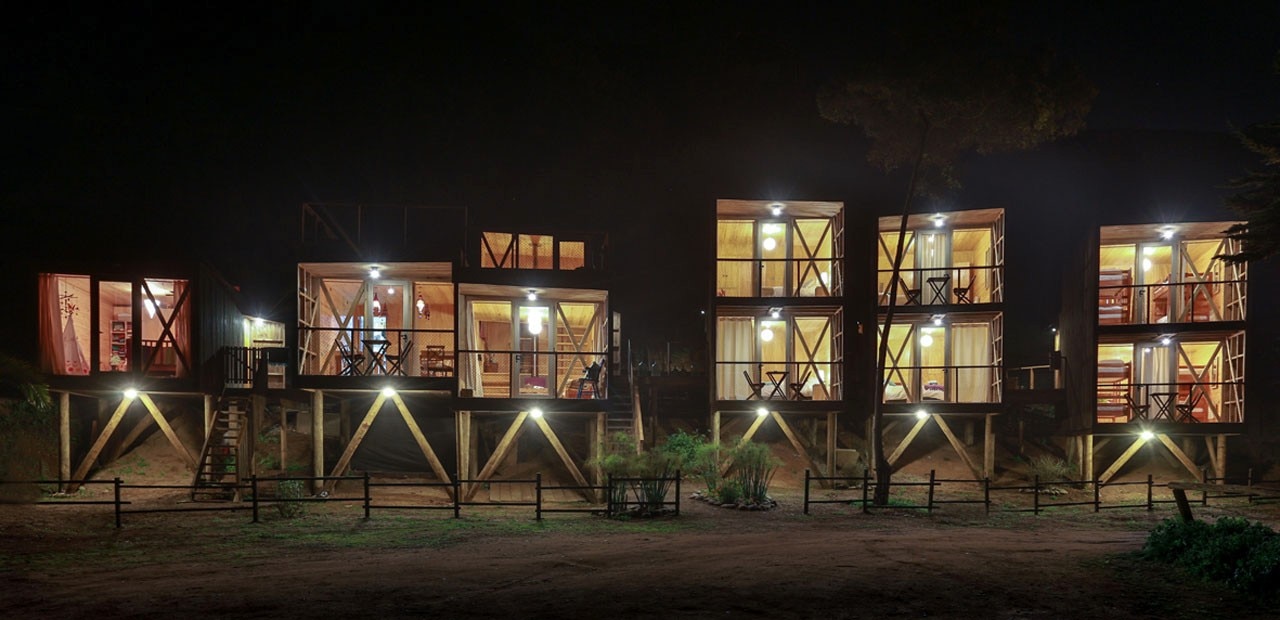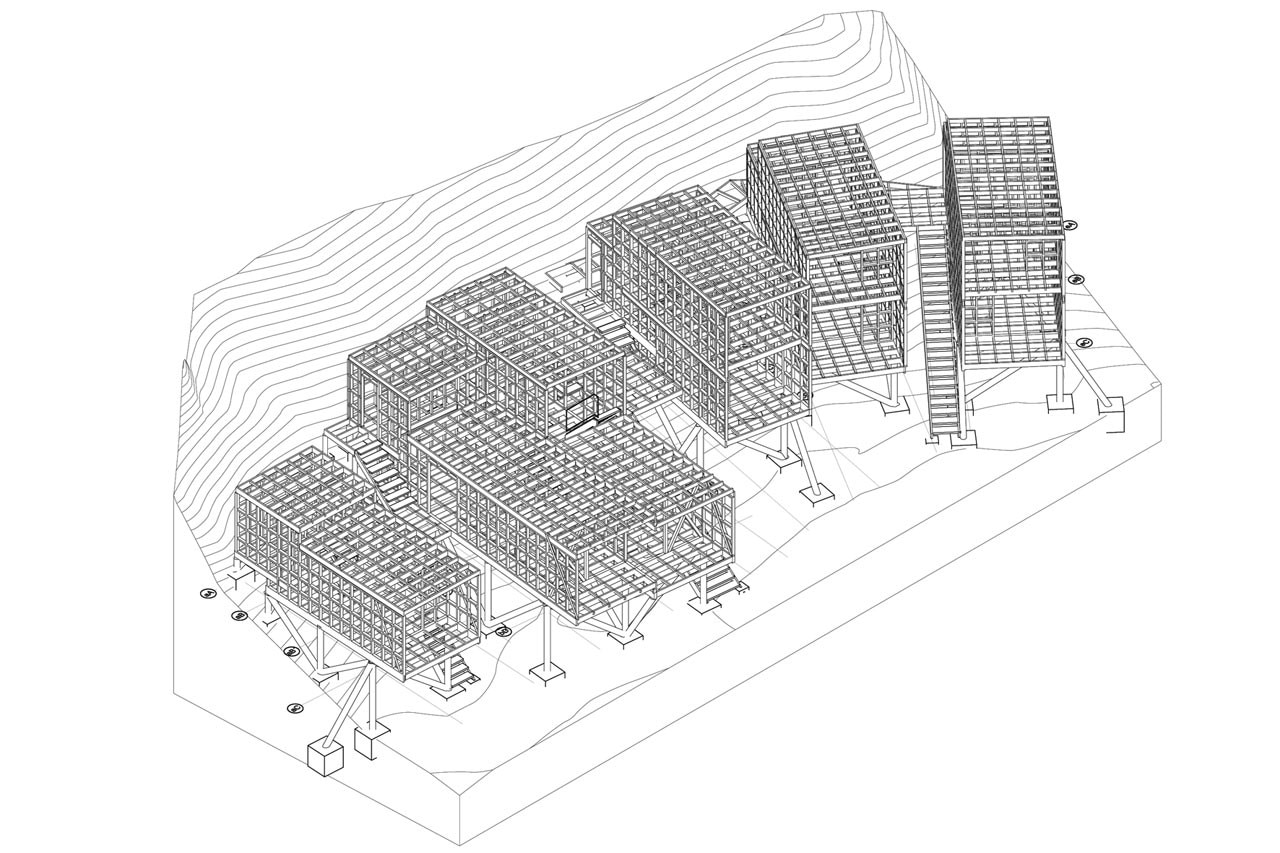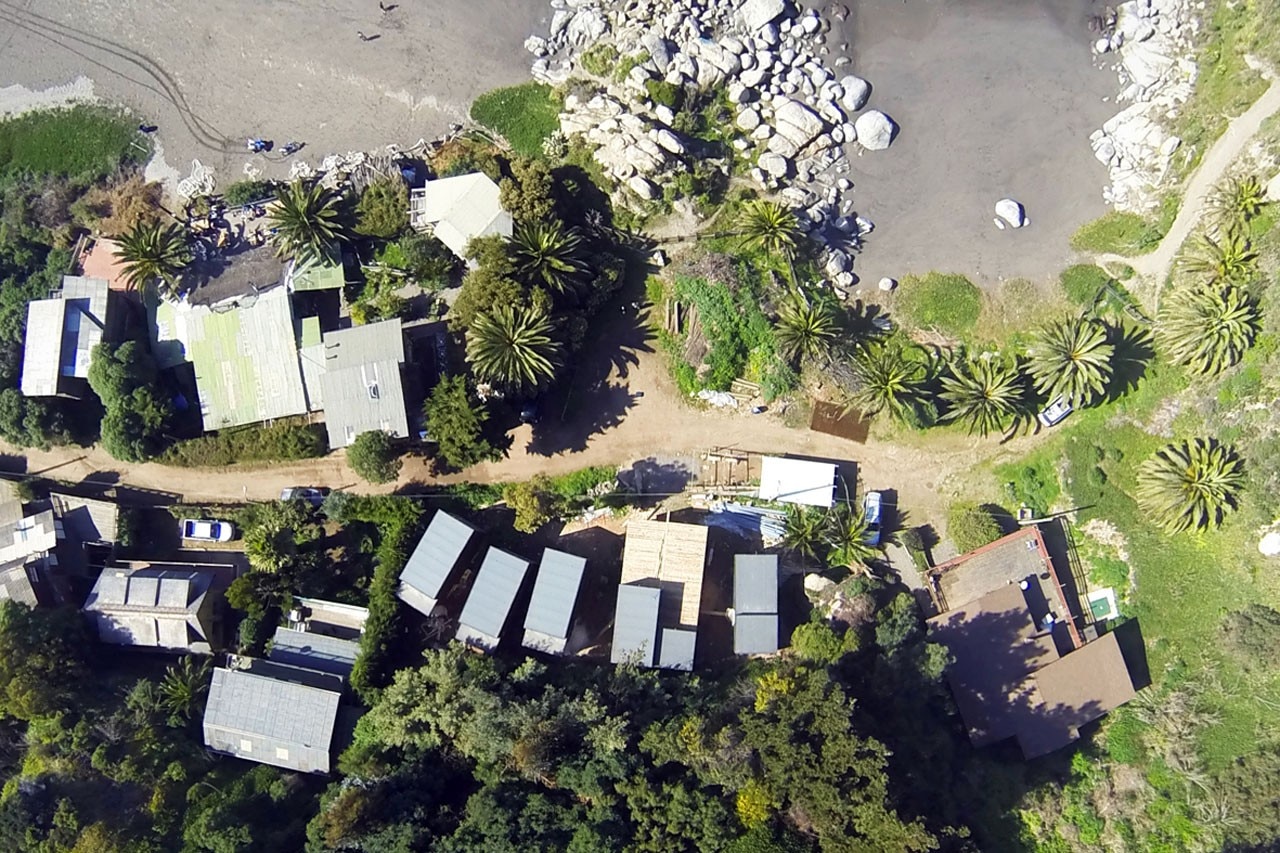
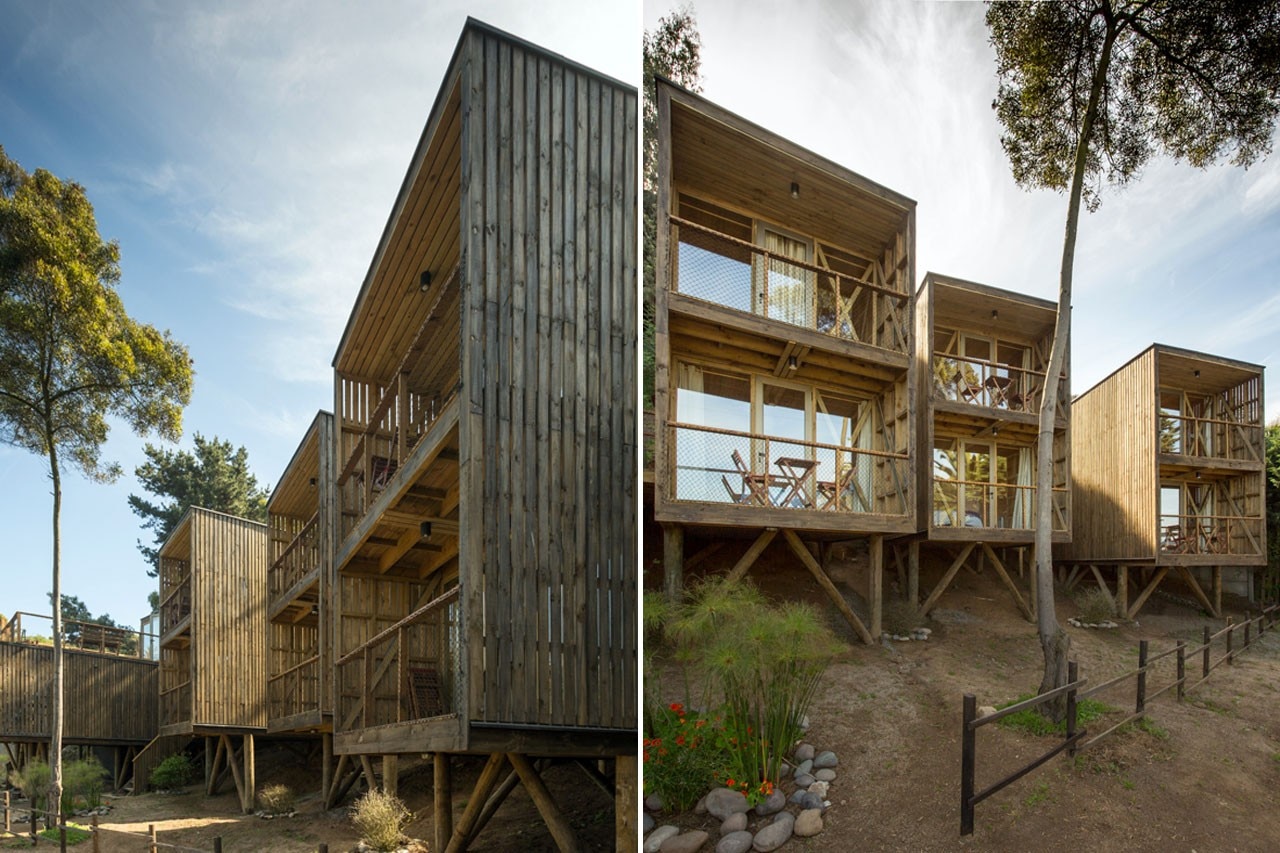
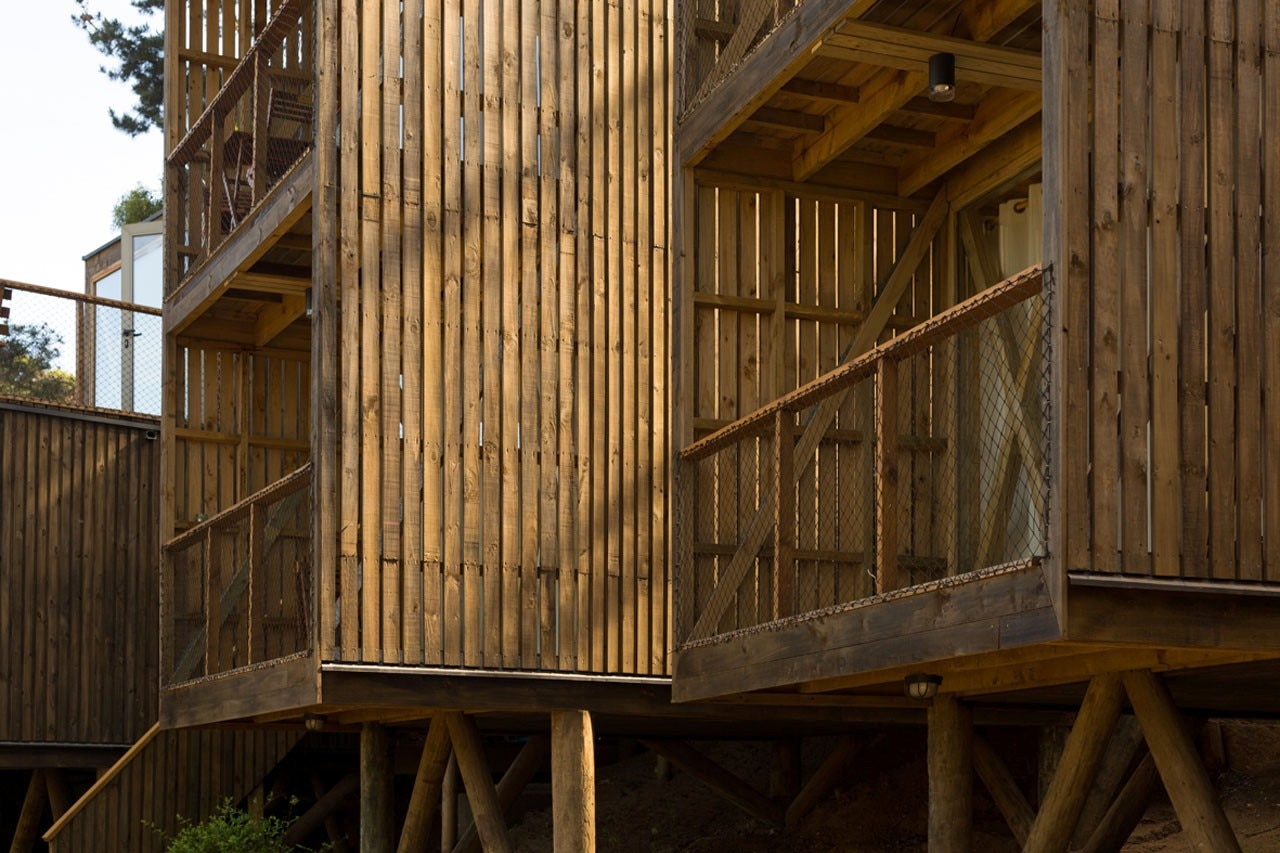
 View gallery
View gallery

Alejandro Soffia and Gabriel Rudolphy, Hostal Ritoque, Playa de Ritoque, Quintero, Región de Valparaíso, Chile. Photo © Juan Durán Sierralta
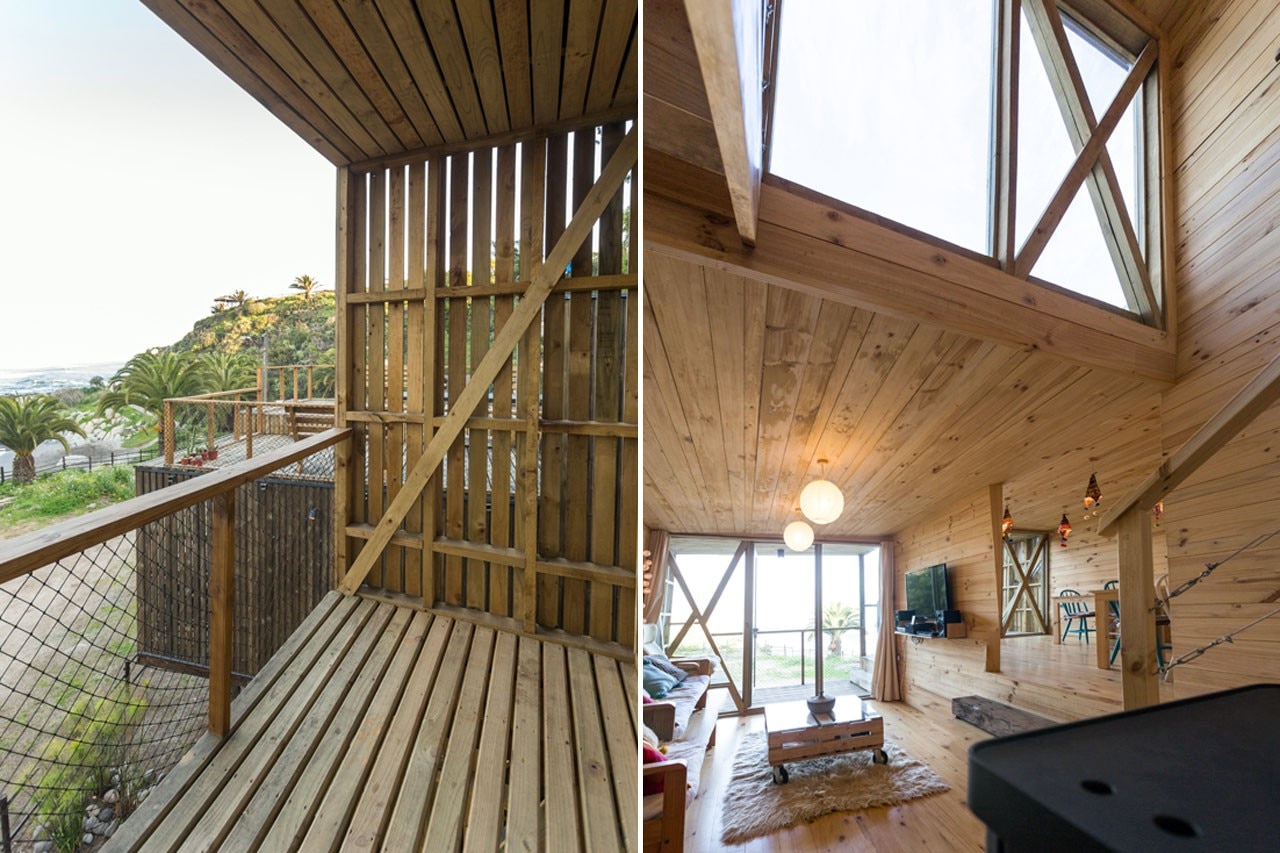
Alejandro Soffia and Gabriel Rudolphy, Hostal Ritoque, Playa de Ritoque, Quintero, Región de Valparaíso, Chile. Photo © Juan Durán Sierralta
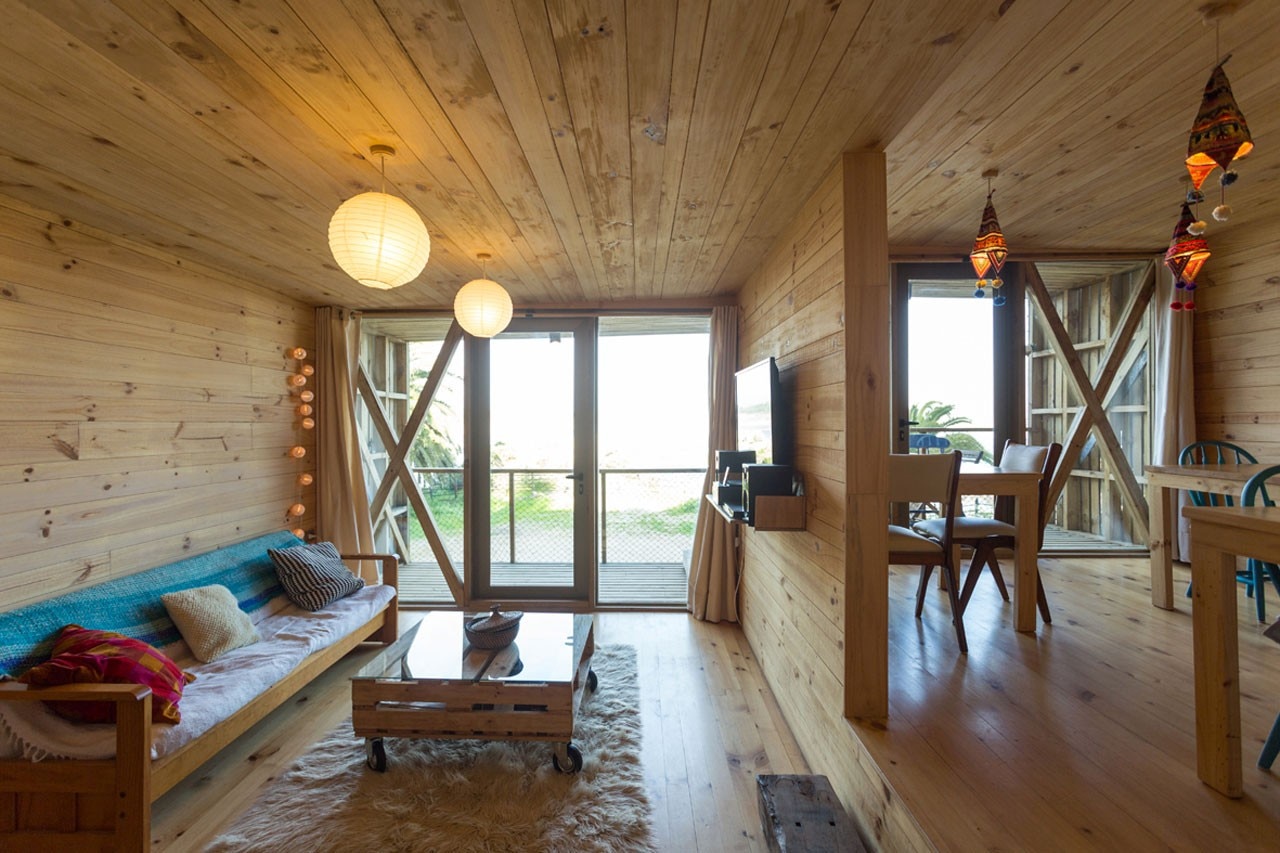
Alejandro Soffia and Gabriel Rudolphy, Hostal Ritoque, Playa de Ritoque, Quintero, Región de Valparaíso, Chile. Photo © Juan Durán Sierralta
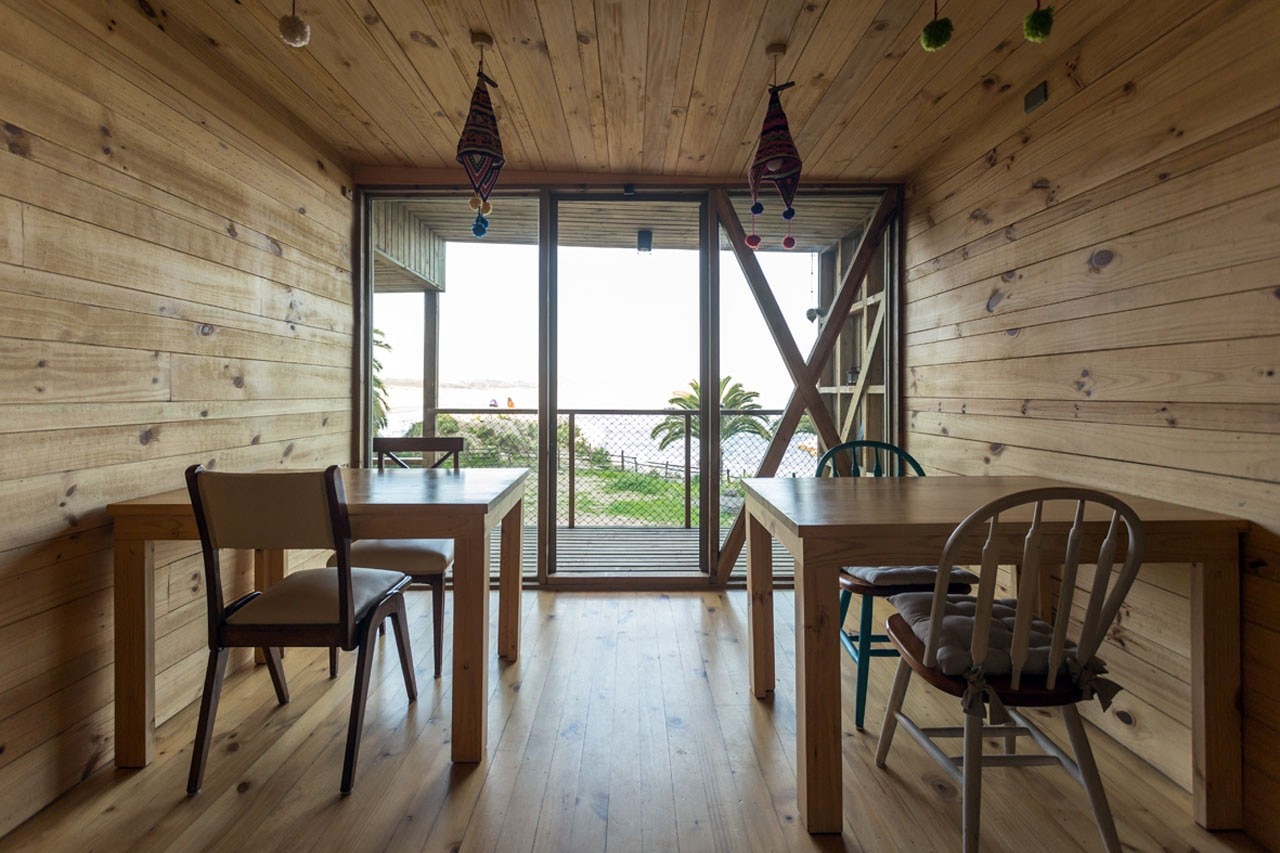
Alejandro Soffia and Gabriel Rudolphy, Hostal Ritoque, Playa de Ritoque, Quintero, Región de Valparaíso, Chile. Photo © Juan Durán Sierralta
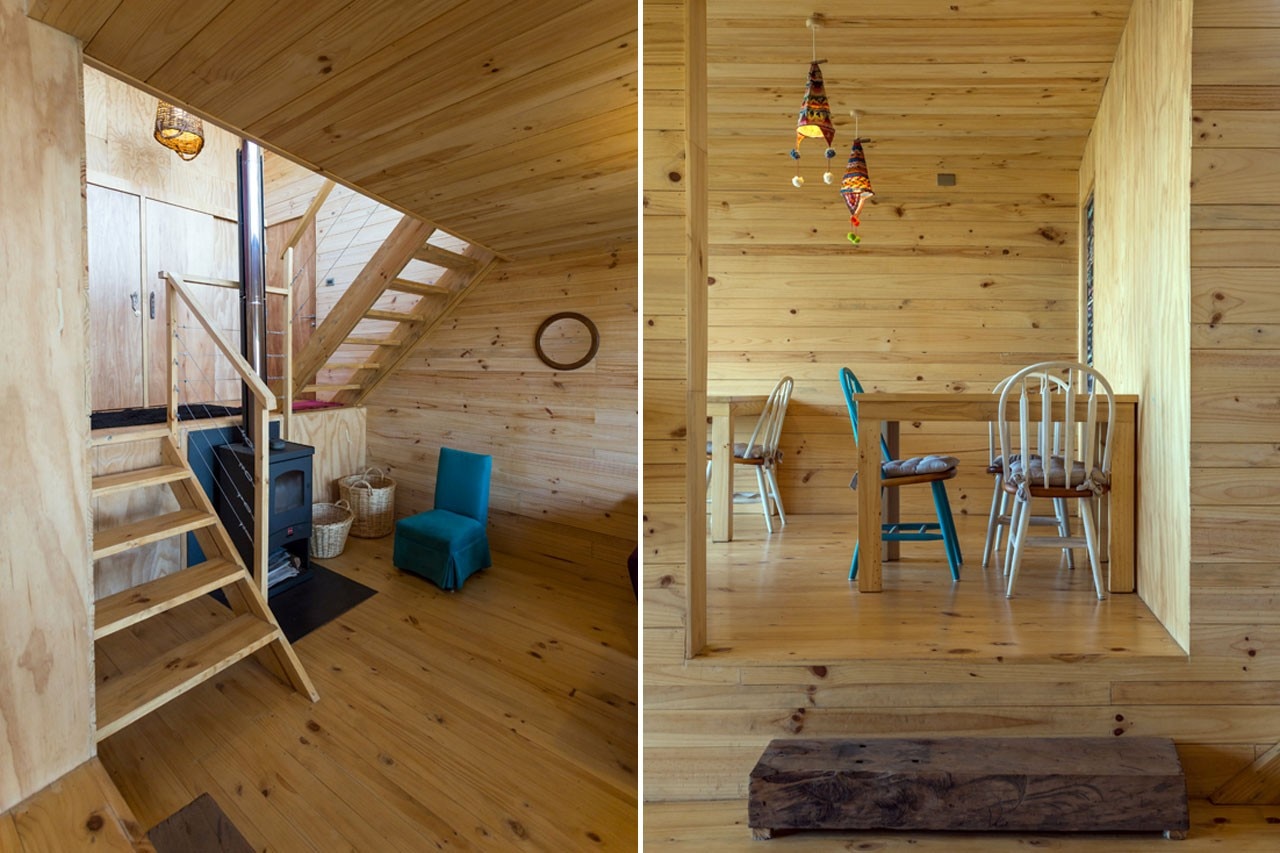
Alejandro Soffia and Gabriel Rudolphy, Hostal Ritoque, Playa de Ritoque, Quintero, Región de Valparaíso, Chile. Photo © Juan Durán Sierralta
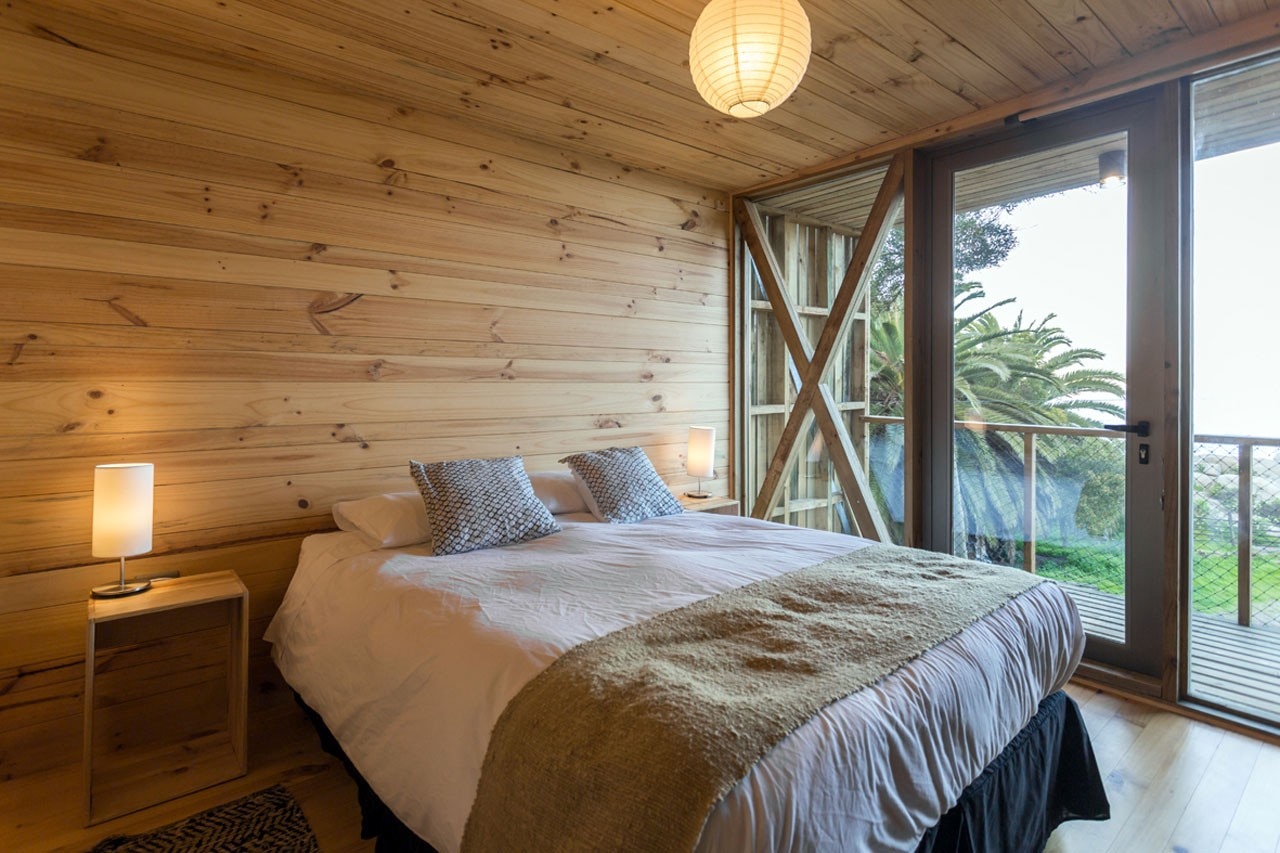
Alejandro Soffia and Gabriel Rudolphy, Hostal Ritoque, Playa de Ritoque, Quintero, Región de Valparaíso, Chile. Photo © Juan Durán Sierralta
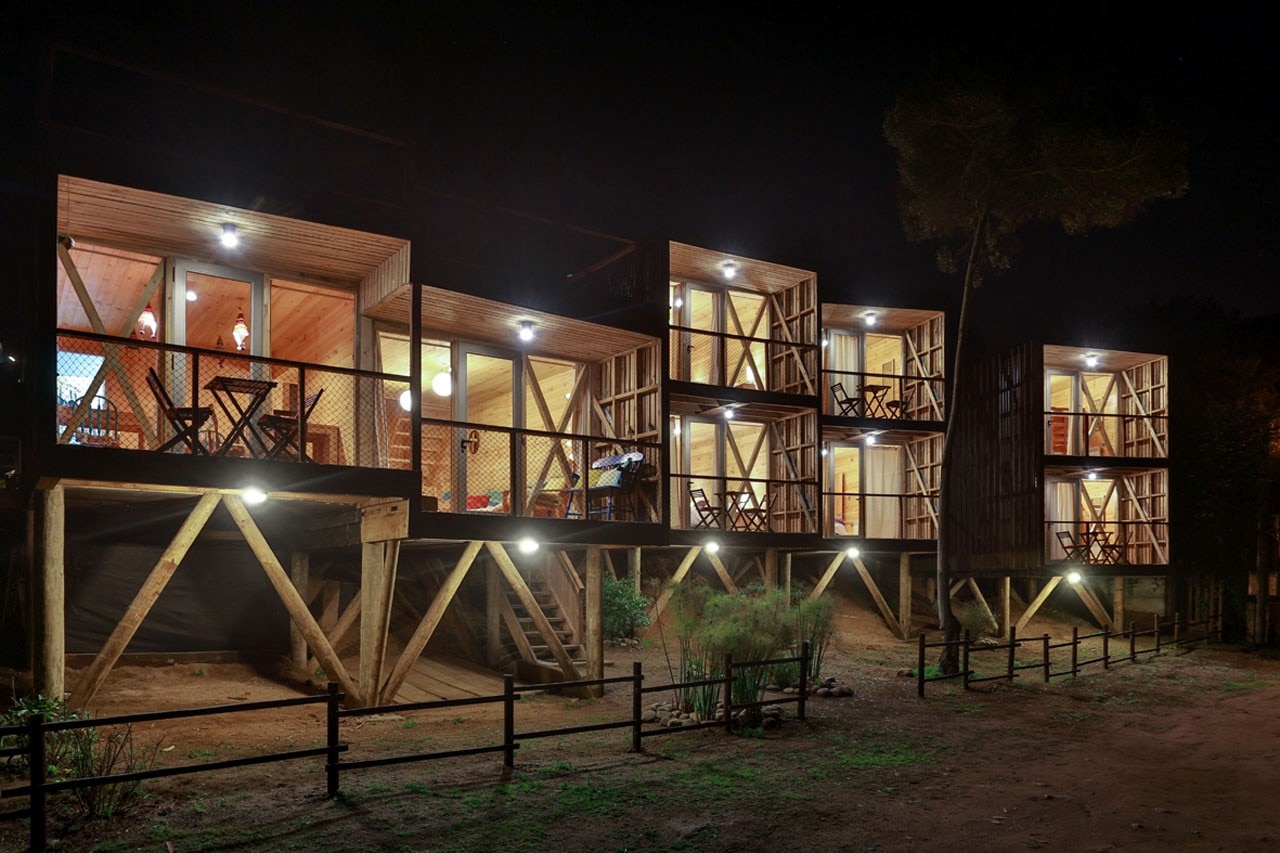
Alejandro Soffia and Gabriel Rudolphy, Hostal Ritoque, Playa de Ritoque, Quintero, Región de Valparaíso, Chile. Photo © Juan Durán Sierralta
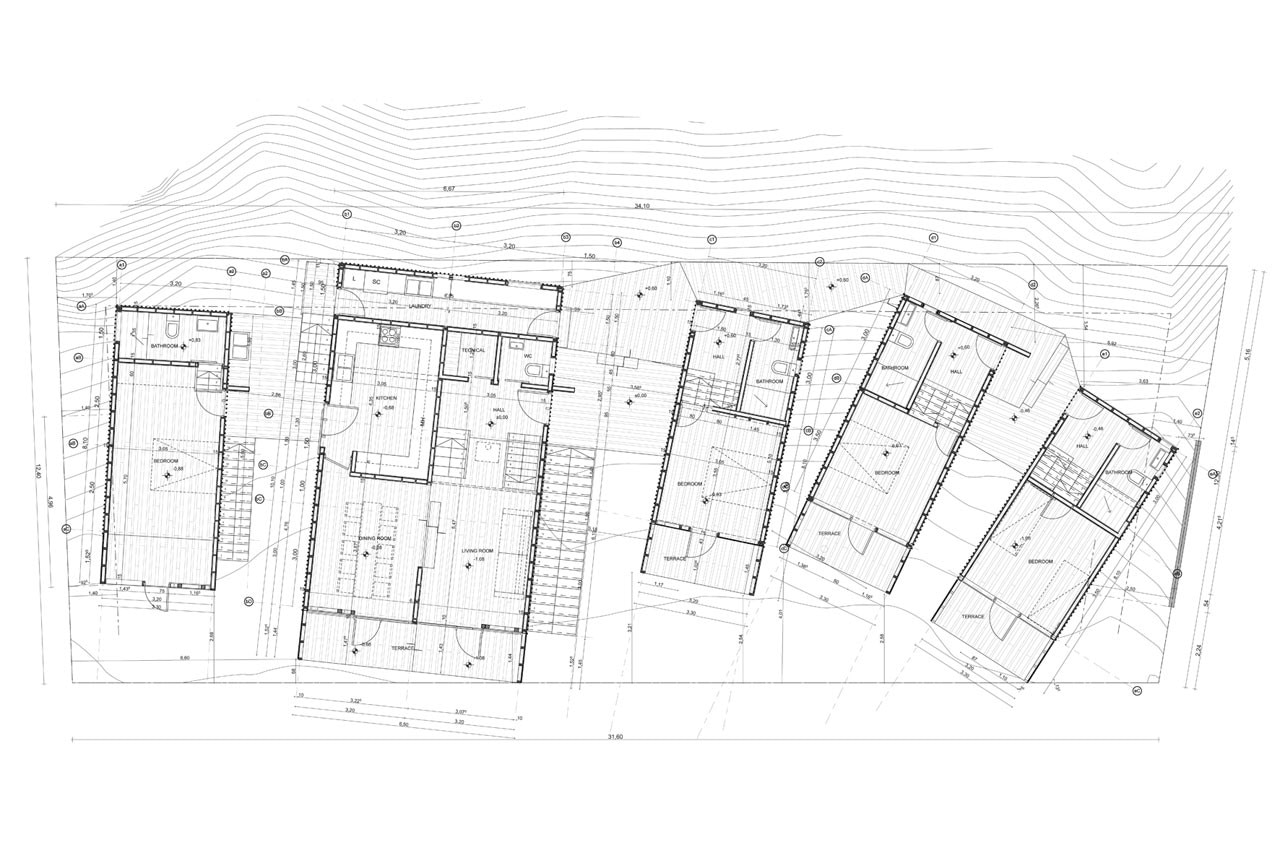
Alejandro Soffia and Gabriel Rudolphy, Hostal Ritoque, Playa de Ritoque, Quintero, Región de Valparaíso, Chile. First floor plan
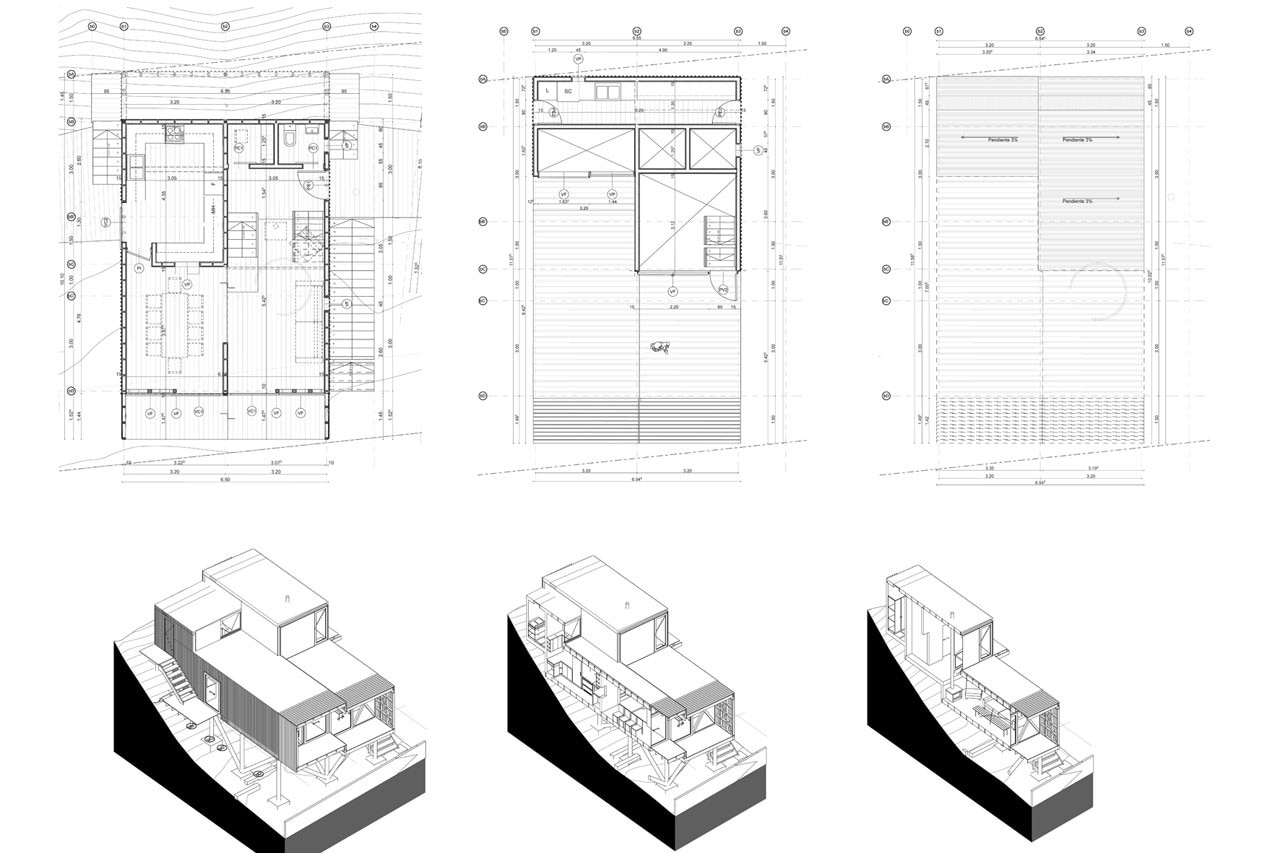
Alejandro Soffia and Gabriel Rudolphy, Hostal Ritoque, Playa de Ritoque, Quintero, Región de Valparaíso, Chile. Common module
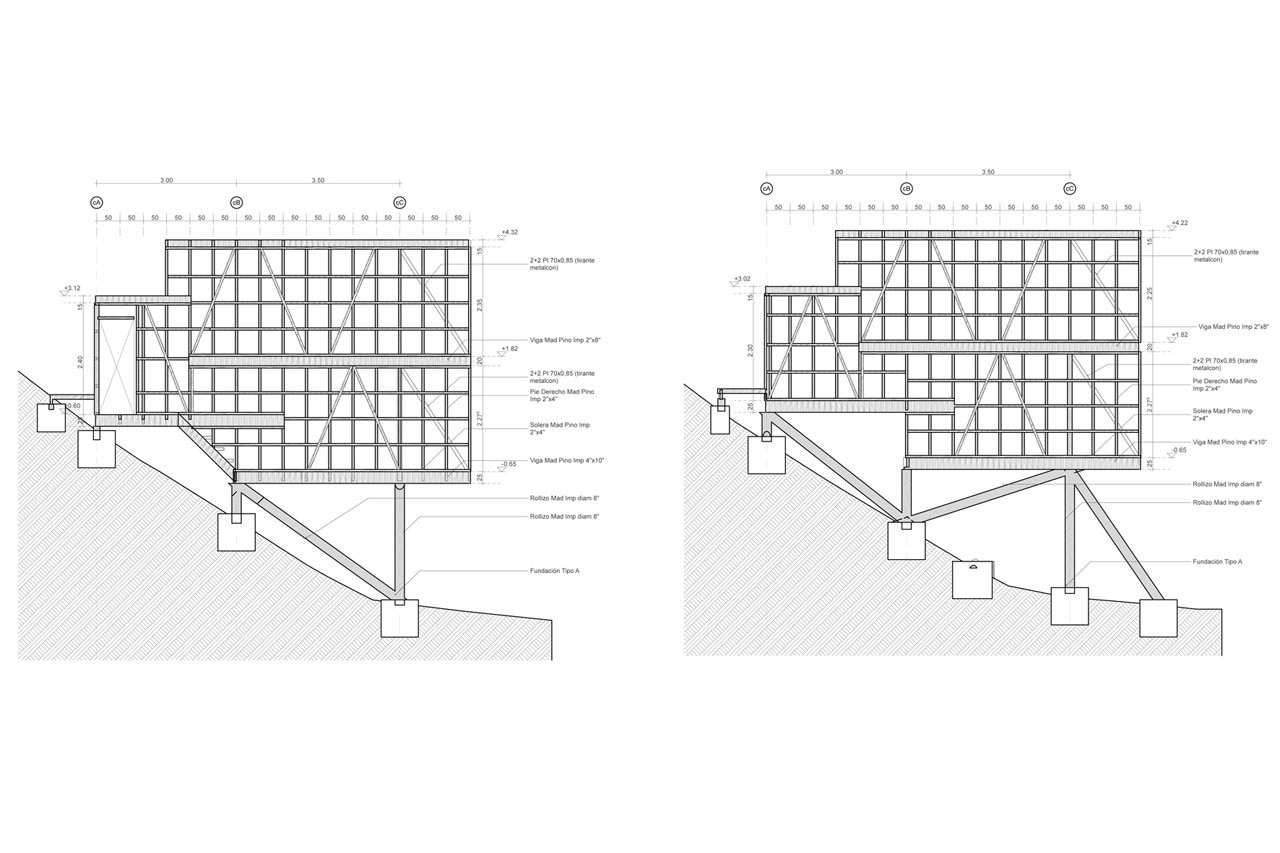
Alejandro Soffia and Gabriel Rudolphy, Hostal Ritoque, Playa de Ritoque, Quintero, Región de Valparaíso, Chile. Sections
Hostal Ritoque, Playa de Ritoque, Quintero, Región de Valparaíso, Chile
Program: hostel
Architects: Alejandro Soffia and Gabriel Rudolphy
Structural Project: José Manuel Morales and Gabriel Rudolphy
Contractor: Juan Tapia, Francisco Tapia and Diego Arenas
Client: Diego Arenas and Dayenú Vencilla
Area: 183 sqm
Budget: U$ 650/ sqm
Completion: 2014


